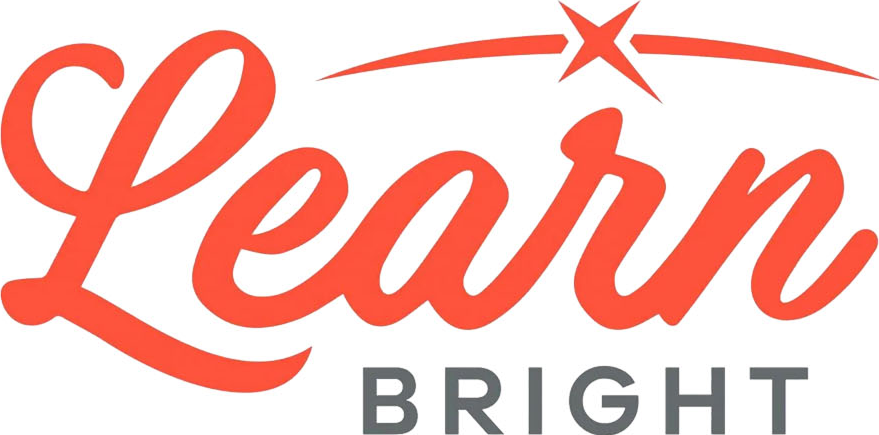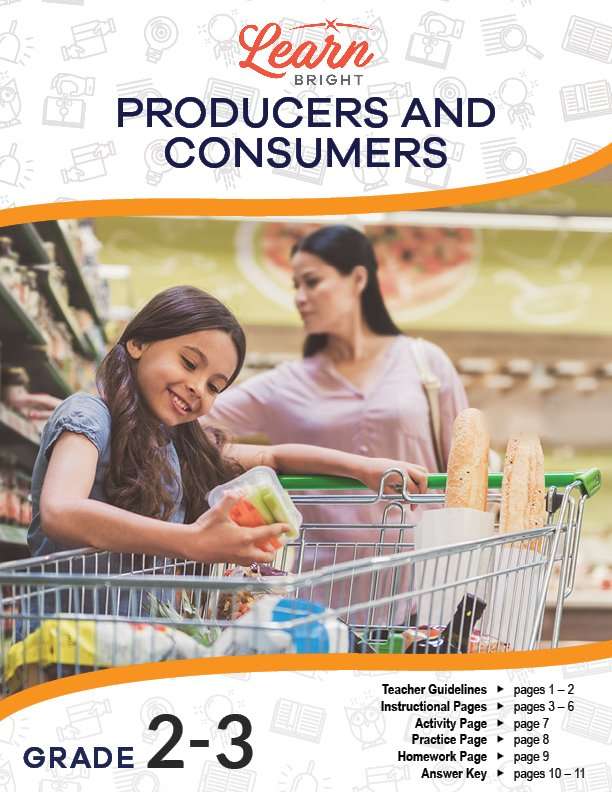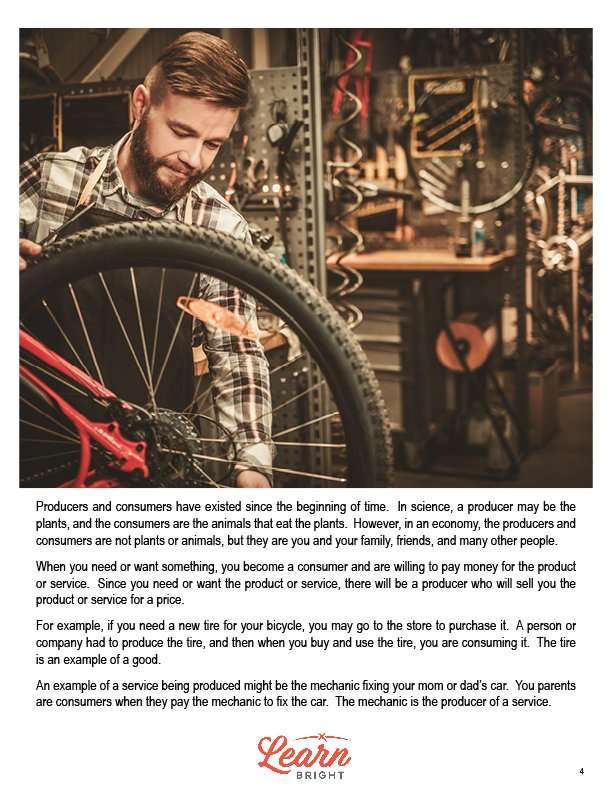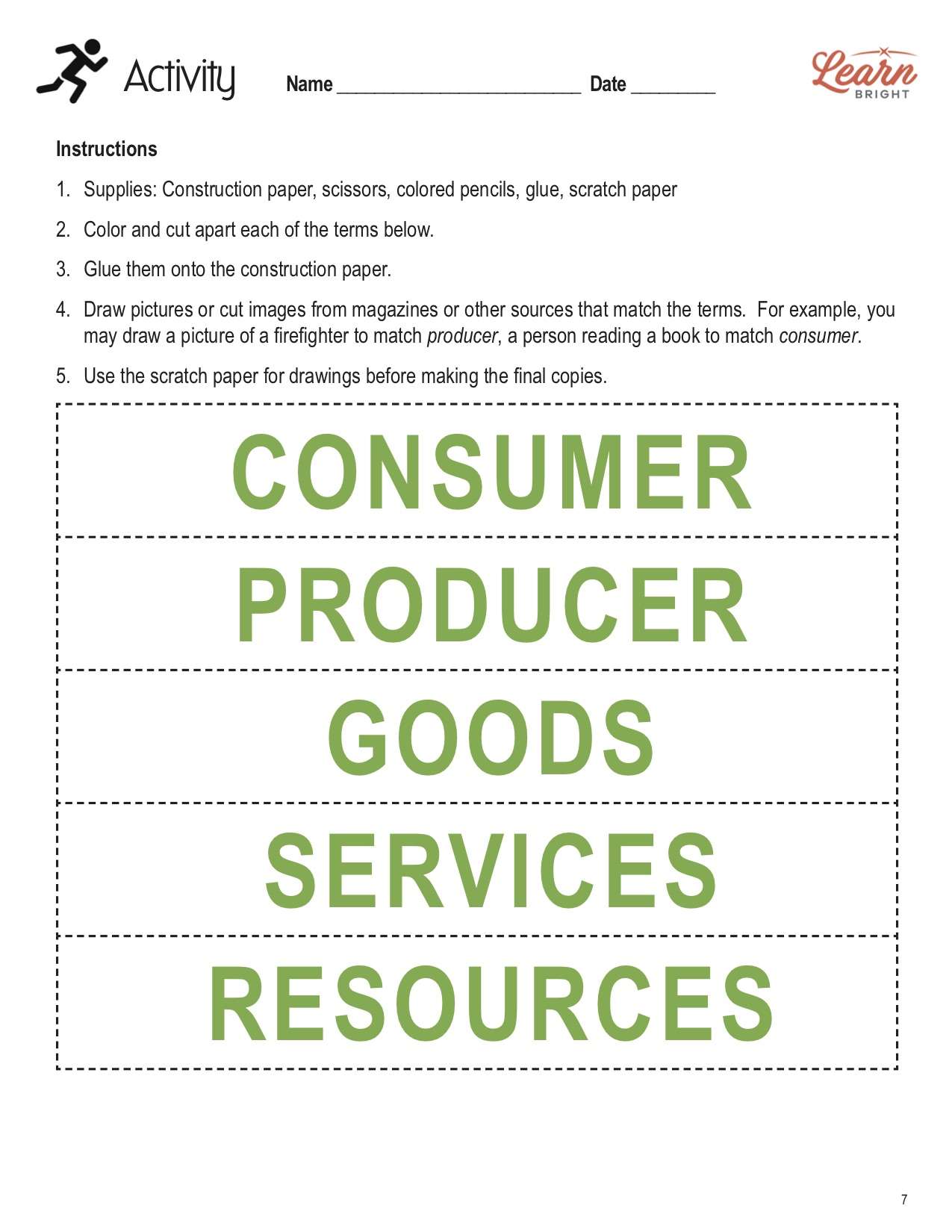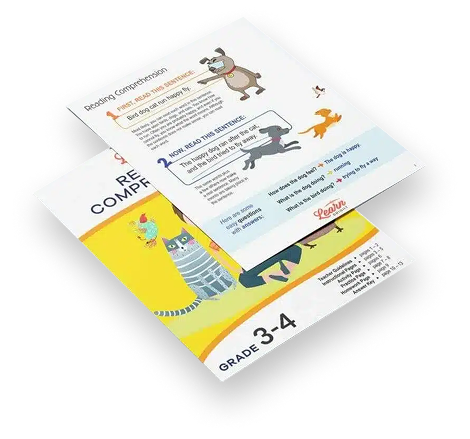Description
What our Producers and Consumers lesson plan includes
Lesson Objectives and Overview: Producers and Consumers teaches students about the relationship between consumers and the products they purchase and use. An economy functions in large part through these interactions. Students will define the two terms and learn how they differ from each other. By the end of the lesson, they will be able to explain those differences and describe how it works.
There are four content pages in this lesson. It starts off by defining consumer and producer. Consumers are people who buy and use goods and services. Producers make goods or provide services. It then goes on to explain the difference between goods and services. After explaining what economy means, it explains how the concept of producers and consumers exists naturally. In science, for example, plants are producers and animals are consumers.
Students will learn about producers and discuss specific examples, including chefs, barbers, doctors, and farmers. To illustrate that they might be producers, you could ask if any of your students have ever sold lemonade. The lesson also mentions that if they have ever taken out the trash or done the dishes, they are technically producers. Students will also discover that they are all consumers. Every single person is a consumer because everyone uses goods and services every day.
CREATE A POSTER ACTIVITY
The activity provides students an opportunity to demonstrate their grasp of what they learned during the lesson. They will cut out fives words—consumer, producer, goods, services, resources—and glue them onto some construction paper. Then they will draw pictures or cut images out of magazines that match the words.
CONSUMER OR PRODUCER PRACTICE WORKSHEET
For the practice worksheet, students will read 20 statements. They will have to mark whether each statement relates to a consumer (C) or producer (P).
PRODUCERS AND CONSUMERS HOMEWORK ASSIGNMENT
There are three sections on the homework assignment. For the first section, students will mark whether each of 10 statements is true (T) or false (F). For the second section, students will match the five words in the word bank to their definitions. The last section requires them to answer five questions.
